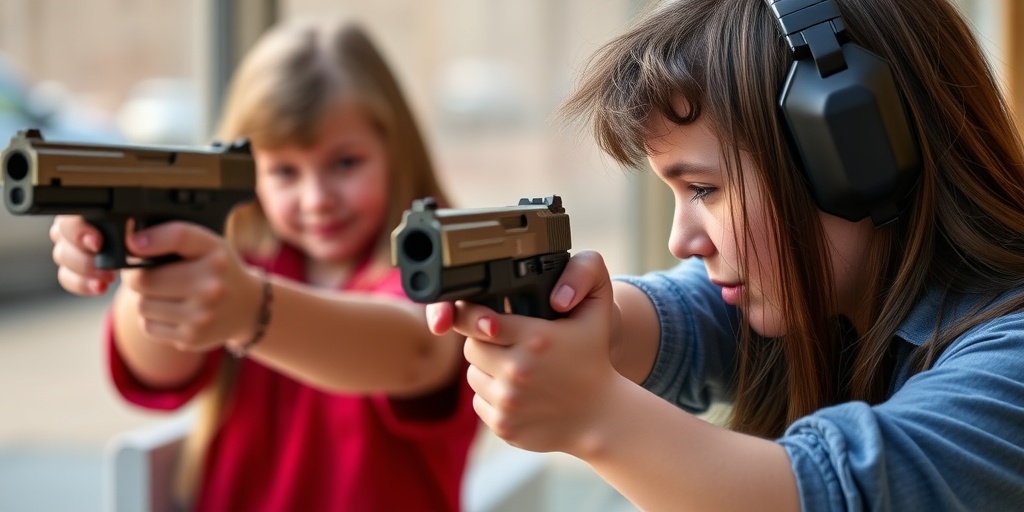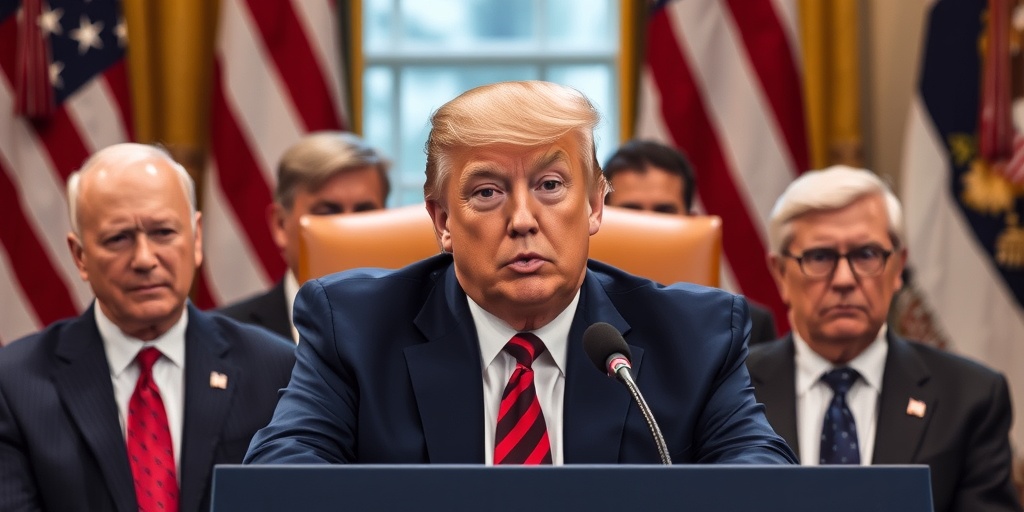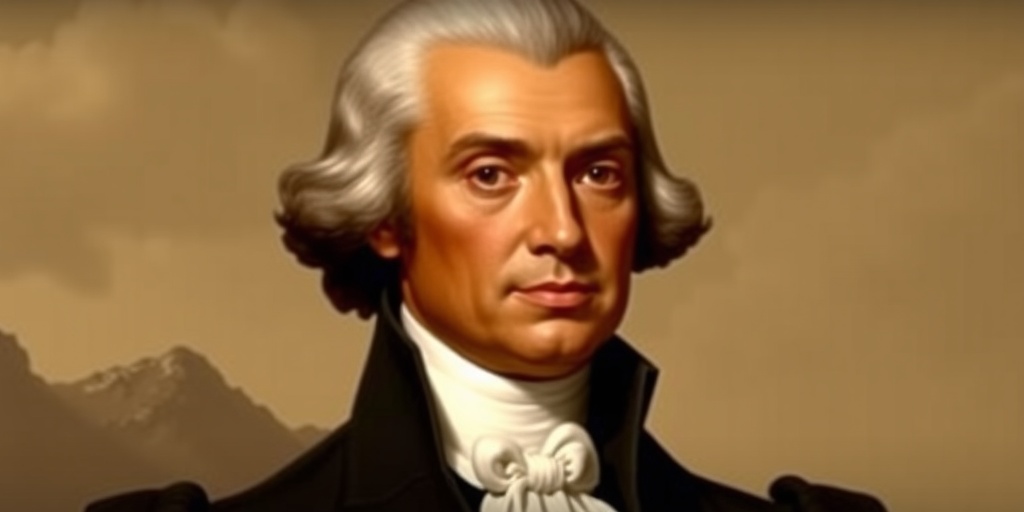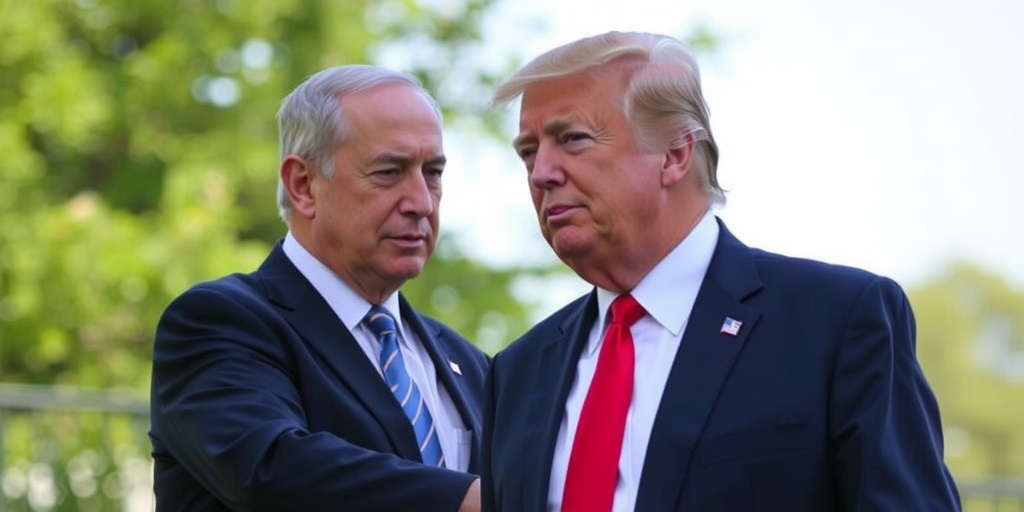Now Reading: Debate Split on Teen Gun Ownership
-
01
Debate Split on Teen Gun Ownership
Debate Split on Teen Gun Ownership

Supreme Court Could Rule on Gun Rights for Young Adults
A pivotal Second Amendment case involving the rights of teenagers is on the horizon, with appeals courts divided over whether the government can legally restrict individuals aged 18 to 20 from purchasing or carrying firearms. The Supreme Court is set to consider whether to hear one of these cases next week, which could have significant implications for gun rights in the United States.
The split in judicial opinion on this matter is less predictable than one might assume, defying traditional partisan divisions. Conservative judges, often united in their interpretation of the Constitution’s original intent, are finding themselves at odds over the question of firearm access for young adults.
In a recent case, Judge William H. Pryor Jr., a prominent conservative voice on the U.S. Court of Appeals for the 11th Circuit in Atlanta, authored a majority opinion on an 8-to-4 vote that upheld a Florida law prohibiting the sale of firearms to individuals under the age of 21. This decision did not go unnoticed; Judge Pryor has a notable conservative pedigree, having been considered by President Trump for a Supreme Court vacancy following Justice Antonin Scalia’s passing.
Despite apprehensions surrounding his potential nomination due to a reputation for far-right views, a White House official remarked in 2017 that "Pryor has done more for the cause than anyone else in the country," signifying his influence within conservative legal circles.
The backdrop of this legal discourse is tied to recent tragedies, such as the Parkland school shooting in which Nikolas Cruz, then 18, bought an AR-15-style rifle legally and subsequently used it to kill 17 students and staff. In response, Florida legislators enacted the Marjory Stoneman Douglas High School Public Safety Act, which made it illegal for individuals under 21 to purchase firearms.
The Supreme Court’s stance on gun rights has evolved dramatically in recent years, especially following its ruling in the 2022 case of New York State Rifle & Pistol Association v. Bruen. Justice Clarence Thomas, in his majority opinion there, stated that laws restricting gun ownership must be consistent with the historical context of firearm regulation in the United States.
In his ruling last month, Judge Pryor examined the historical perspective surrounding the age of gun ownership. He contended that when the Constitution was adopted, individuals under 21 were typically viewed as minors who lacked the judgment necessary for making contracts and were thus not entitled to independently purchase firearms. His conclusion emphasized the original intent of the Second Amendment, aiming for a fixed interpretation that must be adhered to in contemporary court decisions.
The dissenting judges, all appointed by President Trump, argued that the legal age for adulthood should not be historically constrained. Judge Andrew L. Brasher expressed the view that the Second Amendment should adapt to modern understandings of adulthood, affirming that the constitutional protections granted should extend to today’s 18-year-olds.
Judge Pryor countered this perspective, asserting that the original interpretation of the Second Amendment remains relevant and must not be altered by contemporary standards of adulthood. This disagreement reflects a broader conflict on how originalist approaches to the Constitution should be applied in a rapidly changing society.
The matter before the Supreme Court revolves around a Minnesota law making it illegal for people under 21 to carry guns in public. Last year’s ruling from the Eighth Circuit struck down this law, insisting that the Second Amendment does not impose an age limitation on personal gun rights. Judge Duane Benton pointed out that the 26th Amendment, which lowered the voting age to 18, clearly includes 18- to 20-year-olds in the national political community.
Legal expert Joseph Blocher, a law professor at Duke University, emphasized two key insights regarding the competing judicial opinions. Firstly, he noted that these cases were not the ones usually anticipated by legal observers focusing on broader Second Amendment issues, such as firearm restrictions on felons or bans on high-powered rifles. Secondly, he pointed out the ongoing challenges judges face when applying the Bruen test, suggesting that even those committed to originalist interpretations find themselves arriving at divergent conclusions regarding the constitutionality of such laws.
As the Supreme Court prepares to address these contentious questions, the implications of its decision could redefine the legal landscape for gun ownership among young adults in the United States, potentially aligning or further fracturing the judicial consensus on Second Amendment rights. With the public and legal observers closely watching, the outcome of these deliberations has the potential to resonate far beyond the courtroom.
Stay Informed With the Latest & Most Important News
Previous Post
Next Post
-
 01New technology breakthrough has everyone talking right now
01New technology breakthrough has everyone talking right now -
 02Unbelievable life hack everyone needs to try today
02Unbelievable life hack everyone needs to try today -
 03Fascinating discovery found buried deep beneath the ocean
03Fascinating discovery found buried deep beneath the ocean -
 04Man invents genius device that solves everyday problems
04Man invents genius device that solves everyday problems -
 05Shocking discovery that changes what we know forever
05Shocking discovery that changes what we know forever -
 06Internet goes wild over celebrity’s unexpected fashion choice
06Internet goes wild over celebrity’s unexpected fashion choice -
 07Rare animal sighting stuns scientists and wildlife lovers
07Rare animal sighting stuns scientists and wildlife lovers





















